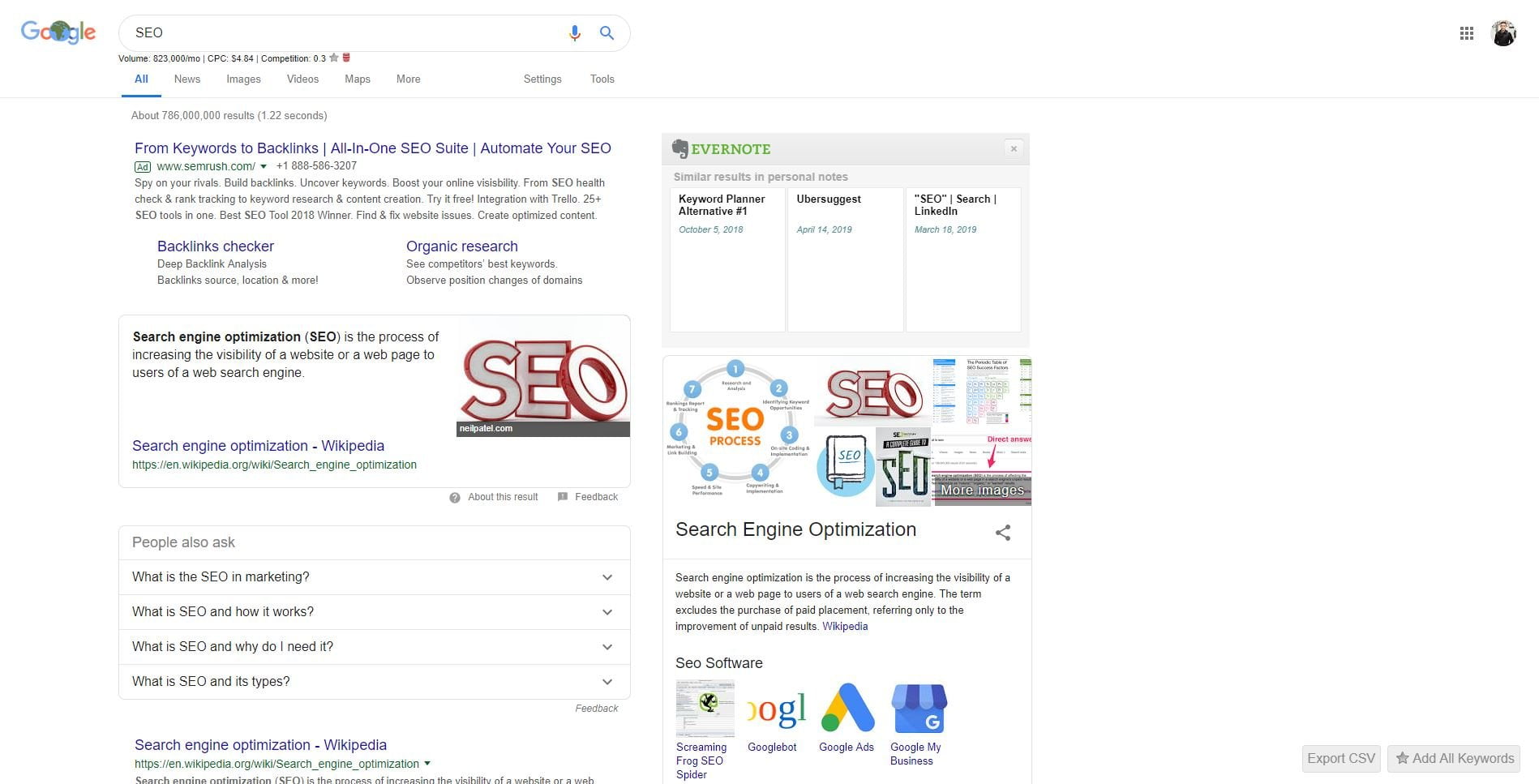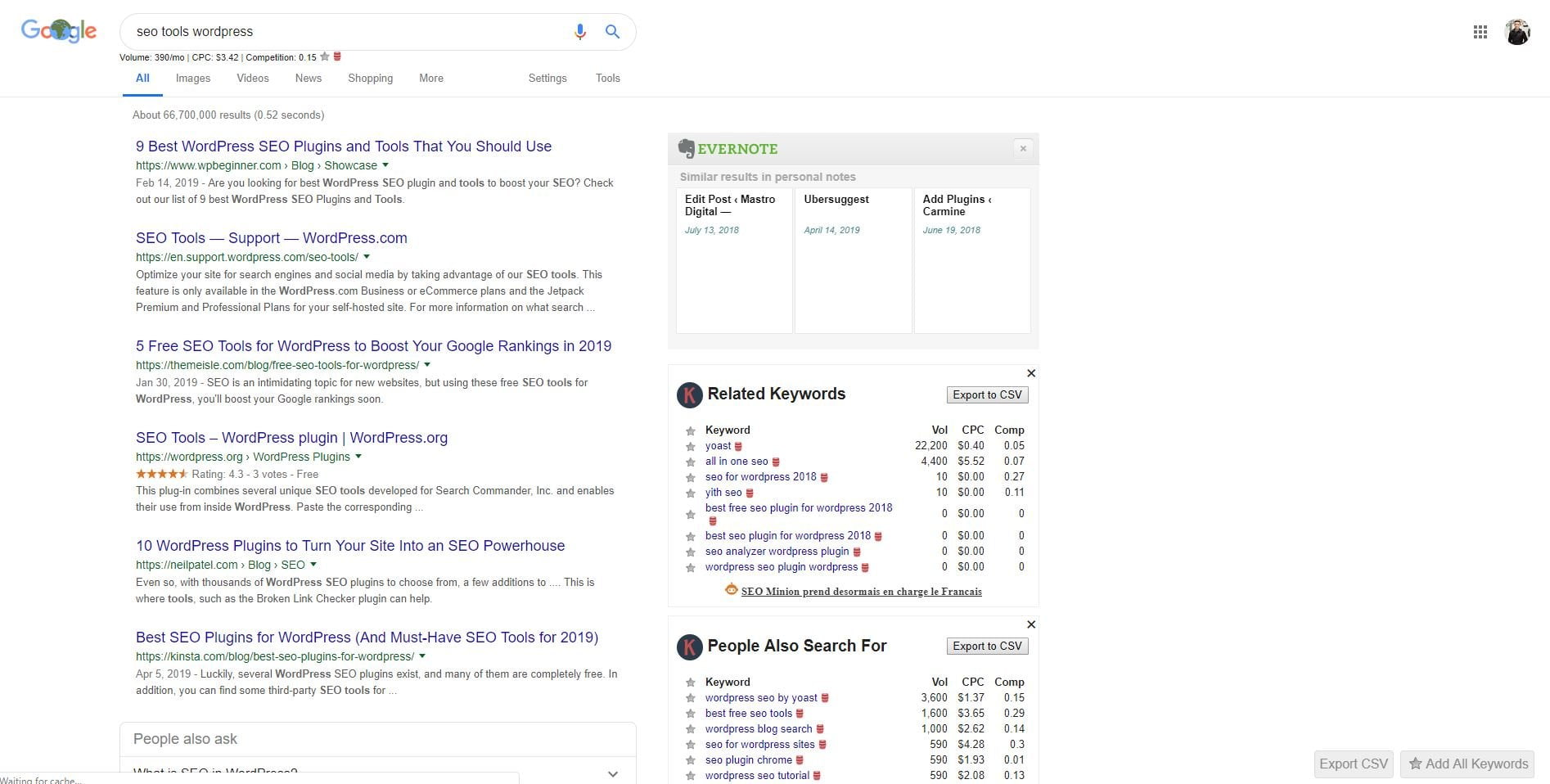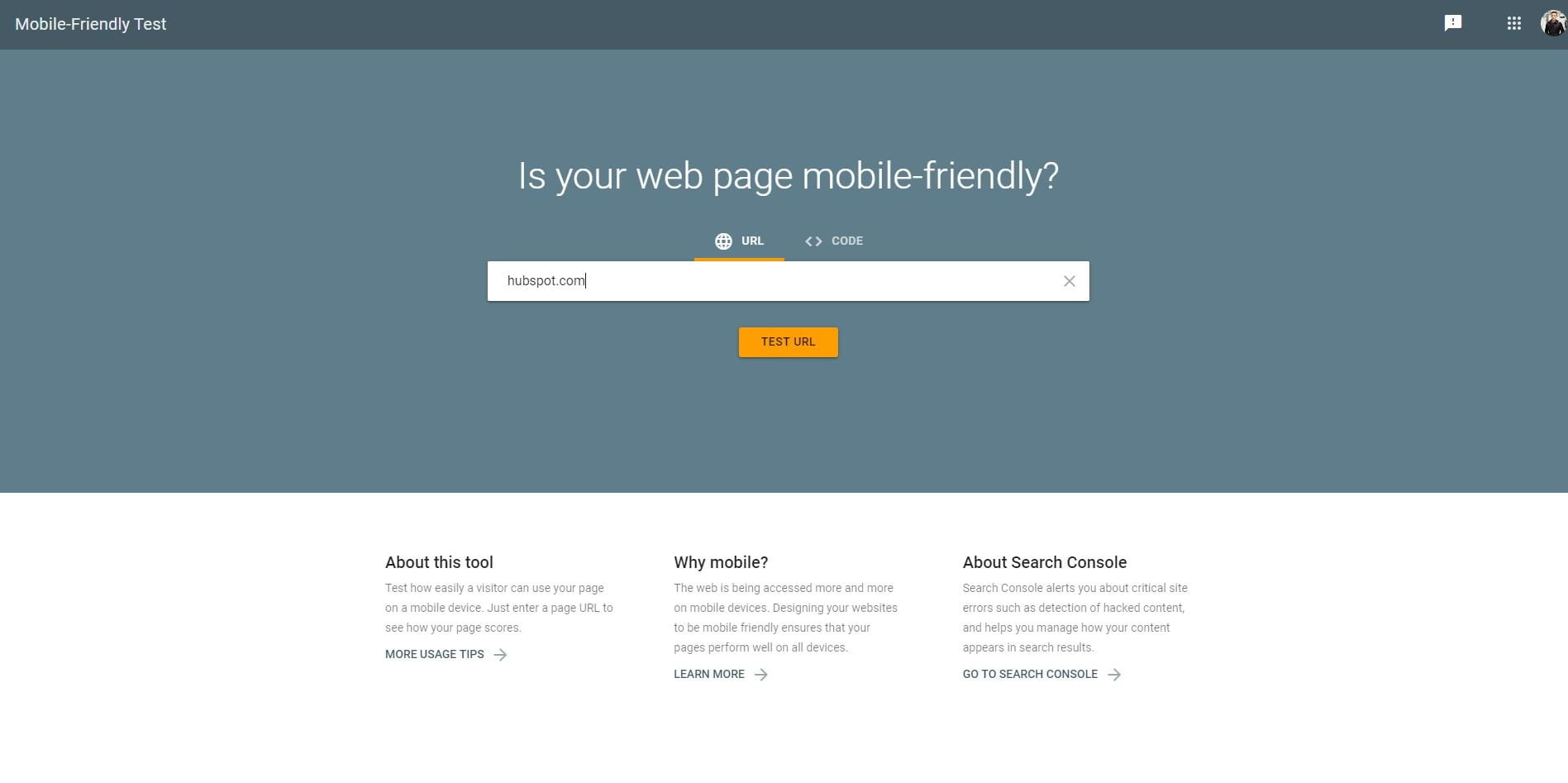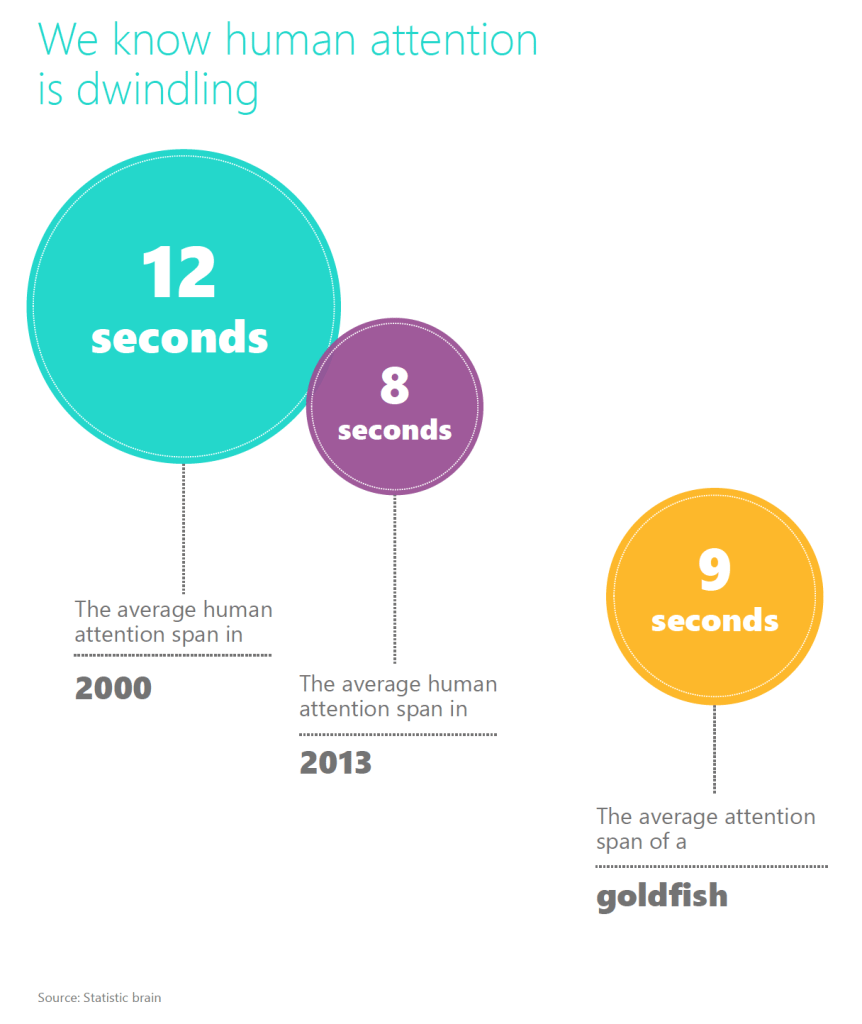SEO is the foundation of any internet business.
Without it, you won’t rank for specific search terms that will bring organic customers to your website.
But with a bit of research and elbow grease, you can look forward to heaps of traffic from search engines that convert into customers.
The SEO landscape is also always changing.
You need to keep up to date if you want to know what strategies and approaches work the best, and what doesn’t anymore.
That’s why I’ve put together this list if interesting SEO statistics that will help you become a better search marketer. Enjoy 🙂
SEO statistics
These are general SEO stats that you can use to improve your search marketing campaigns and performance.
1. 50% of all searches on Google are four words or longer (Source)
Half of all users using Google search for terms that are what we consider long tail. This means that there are several words that complete the phrase, giving it a tail.
Why is this important?
Because it means that marketers should emphasize targeting keywords that come in the form of questions or longer strings.
Typically long tail keywords don’t have as much competition, and it creates an easier opportunity to rank.
For example, look at the SERPs for the term “SEO.”

There are 786 million results!
But if I search for “SEO tools WordPress” there are only 69 million.

Don’t get me wrong. That’s still a ton of competition, but it goes to show that adding a couple of extra words can make a big difference.
Try using SEMrush’s Keyword Magic tool to find high-converting keywords for your business.
2. High quality content and backlinks are the most important ranking factors (Source)
It’s no secret that great content is one of the most important factors that Google looks at when ranking your website.
It makes sense.
Google makes their revenue from advertisers.
This means that they rely on having a steady stream of users on their platform to generate advertisers money, which keeps these advertisers coming back.
As a result, they only want to show users the highest quality content or they’ll be displeased with the search results and use Yahoo or another engine.
But what exactly makes great content?
There are many different elements, including:
- A high word count, which allows you to add more value, tools, and resources.
- Internal and external linking to other valuable resources.
- Images, visuals, graphs, etc.
- Good formatting through headers, font size, lists, etc.
- Actionable and practical advice users can apply straight away.
Once you have this down-pat, backlinks are the next important thing to focus on.
Think of links to your website like an SEO voting system. It tells Google what pieces of content are the most important and liked.
Backlinks can be built in many different ways. Some of the most popular methods are:
- Guest posting: Reach out to websites that accept guest authors and contribute an article. This will typically include a link to your website in the author bio or within the post itself.
- Broken backlink building: Using a tool like Ahrefs, marketers find broken links on websites, and then pitch them to replace the URL with one of theirs.
- Skyscraper: This is a strategy that was coined by Brian Dean of Backlinko. It involves finding trending content, and searching for all of the other websites that are linking to it. You then reach out to these websites with an even better piece of content, and ask them to link to it instead.
- PBN: This is technically against Google’s guidelines, but it still remains as a popular choice by some marketers. I’m by no means promoting or encouraging it. A private blog network is a collection of sites ran by one company with the purpose of linking to one another for improved SERP performance.
There are also entrepreneurs like Jim and Ricky from Income School that don’t build any links. They believe in creating amazing content, and letting that do all of the hard work. Check out this video where they speak about it more in-depth.
3. The average first result on Google is 1,890 words (Source)
Long form content is king.
Gone are the times where you could rank on the first page with a spun 500 word article.
Google’s algorithm is far too advanced for shenanigans like that to work any more.
That’s why high word count is the name of the game.
If you look at a lot of the big websites, especially in the digital space, most are posting 2,000 to 3,000 word articles or longer.
High word count allows them to remain competitive for keywords, while providing more value to readers.
It pleases both the end user and Google at the same time. Win-win!
I’d recommend every time you produce content to flesh out an outline, and calculate how many words each section would have to be for roughly 2,000 words.
Let’s say including an introduction and conclusion that you have ten points. That means you need to write 200 words for each section to hit 2k.
This is an less daunting way to approach creating long form content in my experience.
4. Updating older content can increase organic traffic by 111% (Source)
A common dilemma marketers face is deciding whether to produce new content or update older ones.
It’s been found that updating old blog posts with new content and images can result in a 111% increase in organic traffic.
If you have a good foundation of articles on your website, especially some performing very well, it can be wise to go back and space them up.
Consider increasing their word count, even if it’s by a couple hundred. Add new data, cast studies, stats, or images, as well.
This signals to Google that the content has been improved, and they will crawl it to readjust its rankings.
Since going through all of the content on your website can be headache, I recommend using a site audit tool to speed up the process.
5. Leads from search engines have a 14.6% close rate versus 1.7% of outbound leads (Source)
I personally believe that every business needs a healthy balance of inbound and outbound marketing.
Outbound like cold emailing and cold calling helps fill your pipeline quickly, while inbound builds a solid foundation that will generate leads organically for years to come.
Leads from search engines close up to 8.5x more because targeting a buyers persona and related keywords attracts more relevant users.
While you can have very targeted outbound campaigns, nothing beats having a lead come to you and qualify them self.
I would recommend for all marketers to begin building SEO focused content, whether it’s blog posts, videos, or podcast episodes.
At the same time, don’t neglect to perform some form of outbound to get your pipeline full in the meanwhile.
6. 93% of all online experiences begin with a search engine (Source)
Think of the last time you wanted to know the answer to a question or learn something.
I bet you instantly pulled out your phone, jumped on your computer, and went to Google, right?
That’s 93% of people.
Most of us begin every online experience—whether it’s shopping, education, or other—with a search engine.
After all, that’s what they are made for!
If your business isn’t investing in SEO, consider using my Toronto SEO services to boost rankings, traffic, and authority.
7. 57% of B2B marketers agree that SEO generates more leads than any other strategies (Source)
What’s the heart and lungs of a B2B organization?
Leads.
They convert into customers and revenue.
You can’t sustain or grow without them.
And, unfortunately, many B2B marketers are on a constant wild goose chase to find them.
Wouldn’t it be great if leads knocked on your door?
They can and it’s thanks to SEO.
Optimizing your website and inner pages for search engines results in organic traffic and leads naturally finding your business.
For instance, most of my high paying copywriting clients come though the content I publish on my website.
They search for specific keywords I target, opt in to my funnel, and convert in the back end.
Seeing as effective content marketing takes many steps, make sure to use a content marketing toolkit like this to speed up the process!
8. 81% of consumers perform online research before making a large purchase (Source)
Do you sell high-ticket items?
I’m talking about online courses, training, masterclasses, masterminds, or physical products.
Those sales don’t come easy or quick. ❌
Customers want to ensure they are buying a worth-while product and getting their money’s worth.
This is why 81% of consumers perform their due diligence online before buying anything.
This increases the more expensive a product is.
What can you do to align with this?
Firstly, I suggest cleaning up your online reuptation.
Customers should only see positive reviews, testimonials, and branding elements that support the product.
Use a tool like SEMrush to do this.

Type in your domain and click “Try it.”
You can then set alerts when certain keywords are mentioned or various networks.
Respond positively to all engagements so future customers see your brand in a good light.
Additionally, ensure that you respond to online reviews on sites like Google or Yelp.
Mobile SEO stats
Here are some eye-opening stats on mobile SEO:
9. 87% of people with smartphones use a search engine once per day (Source)
Mobile devices have become the go-to platform for surfing the internet, using social media, and checking emails.
Seeing as 87% of smartphone users find themselves searching for something via a search engine every day, it’s critical that you optimize websites for mobile users.
Here’s an example of how a desktop website should look when shown on mobile, for example.

Note how the logo, title, content, and everything on the page is still easy to view.
If a website isn’t optimized like this, it ends up looking broken. This deters users from staying, and can hurt metrics like bounce rate and average time spent on page.

Most platforms like Shopify or WordPress come equipped with themes that are mobile optimized. However, I’d still take the due diligence to check forms, pages, and other elements to ensure they look good on mobile.
Google also has the mobile testing tool you can use to grade your performance.
Simply enter the URL of a website and click the “Test URL” button.

This tool will scan your website to find any issues when viewed on a mobile device, and brings them up to your awareness to fix.

Click the “View Details” button by the warning text on the top left to see what can be improved on your website.
10. Mobile searches including the word “Best” have increased by 80% (Source)
Similar to the rise of “Near me” keywords via voice search, phrases including “Best” have blown up.
These would be searches like:
- Best car polishers under $200
- Best SEO tools
- Best free car wash in Tokyo
Most of the time these will be either transactional keywords or informational. This means that the end-user is interested in purchasing a product or seeking knowledge.
If someone is looking up “Best car polishers under $200,” it’s safe to presume they are trying to find a polisher that suits their budget.
Similarly, a user searching “Best free car wash in Tokyo” is simply trying to narrow down their options to clean their vehicle locally.
Marketers can take advantage of this trend by targeting more keywords that include the word “Best” moving forward.
11. 40% of mobile visitors will leave your website if it takes more than three seconds to load (Source)
We live in what I like to call the “Amazon era.”
A.K.A everything is super fast from the internet to shipping times and everything in between.
People have grown increasingly impatient with shorter attention spans because of this.
Don’t believe me?
According to Statistics Brain, the average attention span is nine seconds or less compared to 12 seconds in the year 2000.

It should be no surprise that 40% of mobile users will leave if your website takes more than three seconds to load.
How can you get around this?
Run your URL through a tool like Pingdom.
If the page speed is less than three seconds, you can wipe your brow.
If not, you have some work to do.
Common issues that contribute to a slow page include:
- HTML
- CSS
- JavaScript
- Large and uncompressed images
- No browser caching
- Hosting server response time
- Too many users on the website
- Lack of server resources
- Redirects
- No CDN
Fix these and I guarantee that mobile users will stay on your website for longer periods.
Local SEO stats
If you’re a local business, it’s ideal that you’re optimized for the area you service.
This helps to increase how many local leads and inquries you recieve.
These are some insightful local SEO statistics as food for thought.
12. 72% of consumers visit a store within 5 miles of their current location after performing a local search (Source)
This is a fascinating local SEO statistic.
Nearly three-quarters of all consumers will visit a store within their area after searching for it locally on Google.
This is because the search intent is to find a nearby business for a given product or service.
Target local keywords that include your city name and service to capture as many of these users as possible.
13. “Near me” searches have doubled over the past year (Source)
Have you ever been driving around looking for a bite to eat, so you whipped out your phone and asked Google “What’s the best pizza place near me?”
This is becoming more and more common, as voice search is on the rise.
In fact, a study of 2,000 mobile phone users found that voice search is used 52.8% of the time while driving.

Local businesses need to ensure that their SEO is in good shape to take advantage of this. With some tweaking, you can appear higher on the results page for local terms.
This, of course, implies that you’ve researched local keywords using a tool like Ubersuggest. These would look like:
- Niagara Falls copywriter
- New York City dentist
- Boston ice cream shop
Keywords like these need to be inserted into areas of a website like a page title, URL, meta description, and inner content.
14. 40% of all e-commerce sales during holidays come from smartphones (Source)
Do you operate an online store?
Then you know that the holidays practically rain money. 💰
And do you know where most of those sales come from?
Mobile!
Optimize the heck out of your mobile store with this in mind.
It will maximize conversions and the customer experience for those purchasing on a smartphone.
Final thoughts on SEO statistics
SEO is the bread and butter of most businesses around the world.
Even a sprinkle of proper search engine optimization can result in organic traffic, leads, and authority.
However, trends and markets are in a constant flux. This is why you need to stay up to date on the latest SEO stats like I’ve outlined today to readjust your strategies.
Here’s a summary of the main ideas I covered today:
- 50% of searches are longer than four words, which means you need to consider targeting more long tail keywords.
- High quality content and backlinks are still the most important factors Google looks at when ranking your website.
- The average first result on Google is 1,890 words long. Produce longer form content to improve your SERP rankings in the future.
- Search terms with “Near me” and “Best” are on the rise.
- Updating old pieces of content can make drastic changes in organic traffic. Try beefing up your older blog posts instead of constantly making something new for once.
Reach out to me at any time if you require an SEO copywriter, as well.














